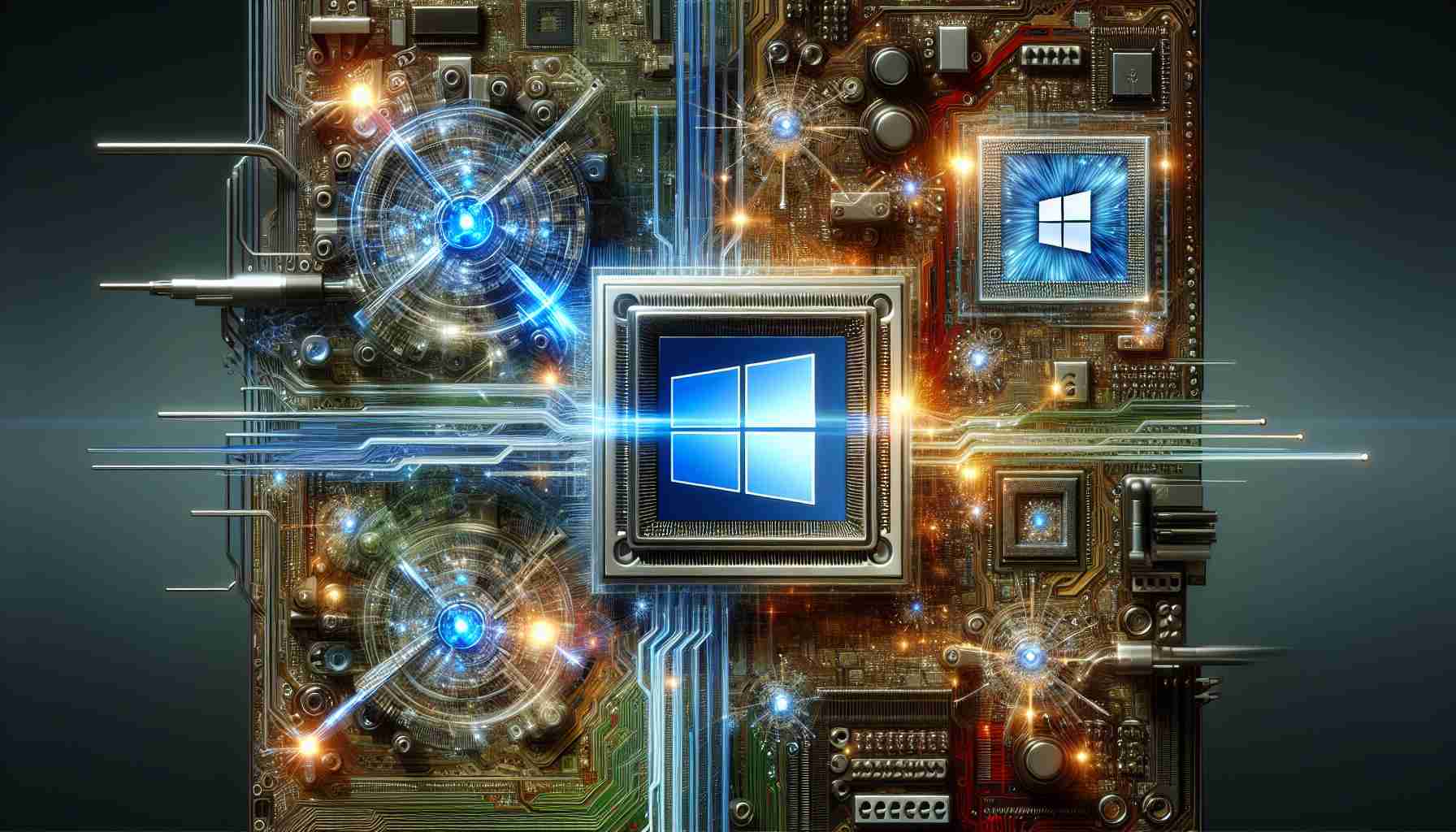The landscape of computing is shifting, and Microsoft is at the forefront with its decision to expand Windows compatibility with ARM architecture. This paradigm shift represents not just an incremental change, but a potential revolution in how devices operate across the globe.
Introducing Windows on ARM: ARM (Advanced RISC Machines) processors, known for their efficiency and power-saving capabilities, primarily drove mobile device innovation. Recently, Microsoft has made strides in adapting its Windows operating system for ARM, paving the way for devices that benefit from longer battery life and potentially lower costs. This shift complements the growing consumer demand for portable, efficient, and versatile devices.
Why Does This Matter?: ARM-based systems have transformed the tech industry by enabling smaller, lighter devices without sacrificing performance. By integrating Windows with ARM, Microsoft is not only making its operating system accessible on a broader range of devices but is also pushing the adoption of ARM processors in laptops and desktops. This move could disrupt the longstanding dominance of x86 architecture by Intel and AMD, allowing for more energy-efficient personal computing solutions.
The Future Outlook: With tech giants such as Apple already adopting ARM architecture for their MacBooks, Microsoft’s embrace of Windows on ARM could accelerate a broader industry transition. This could lead to a future where ARM processors become the norm in all computing devices, challenging traditional conventions and fostering more innovation in software compatibility and cloud integration. As we watch this unfold, the implications for developers, hardware manufacturers, and consumers cannot be overstated.
ARM Revolution: How Windows on ARM is Transforming the Future of Computing
The tech industry’s landscape is witnessing a dramatic shift as Microsoft expands its Windows operating system to ARM architecture—a groundbreaking move that could realign the future of personal computing.
Features and Advantages of ARM on Windows
Power Efficiency: ARM processors are renowned for their ability to deliver performance with lower power consumption. This translates to longer battery life for laptops and mobile devices, addressing a critical demand from consumers for more portable solutions.
Cost-Effectiveness: By potentially lowering the production cost of devices, Microsoft’s Windows on ARM can make technology more accessible, especially in regions with price-sensitive markets.
Enhanced Mobility: Devices powered by ARM are compact and lightweight, catering to an increasingly mobile workforce and consumer base that prioritizes portability without compromising on power.
Trends and Insights
Ecosystem Expansion: With Windows on ARM, Microsoft is contributing to a broader ecosystem of ARM-compatible applications and devices. This not only enhances user experience but also drives innovation among developers who are increasingly focusing on cross-platform compatibility.
Cloud Integration: ARM architecture’s alignment with Microsoft’s cloud initiatives, such as Azure, suggests a seamless integration of local processing power with cloud services, enabling robust and flexible computing solutions.
Market Implications and Predictions
Competitive Landscape: As Microsoft and Apple lead the way in implementing ARM for mainstream devices, a ripple effect is anticipated across the industry, urging other brands to adopt similar architectures.
Developer Impact: Developers must adapt to create ARM-optimized applications, fostering a new wave of software innovation that emphasizes efficiency and speed.
Long-Term Outlook: The transition to ARM-based systems could redefine personal computing, positioning ARM as a formidable competitor to traditional x86 systems and potentially leading to ARM’s dominance in device markets.
Comparisons and Compatibility
ARM vs. x86: While ARM processors excel in energy efficiency and mobility, x86 systems traditionally offer higher raw performance for desktop computing. The choice will depend on consumer needs—power-hungry tasks versus all-day portability.
Software Compatibility: Microsoft is enhancing software compatibility for ARM, including popular applications and native Windows features, minimizing any potential barriers to adoption.
Conclusion
Microsoft’s bold move to integrate Windows with ARM processors is poised to revolutionize the computing landscape, offering opportunities for innovation and efficiency enhancements. This development marks a turning point in how we conceive personal computing, paving the way for a future dominated by versatile, energy-efficient ARM devices.
For further insights into Microsoft’s technological advancements and products, visit the official Microsoft website.







